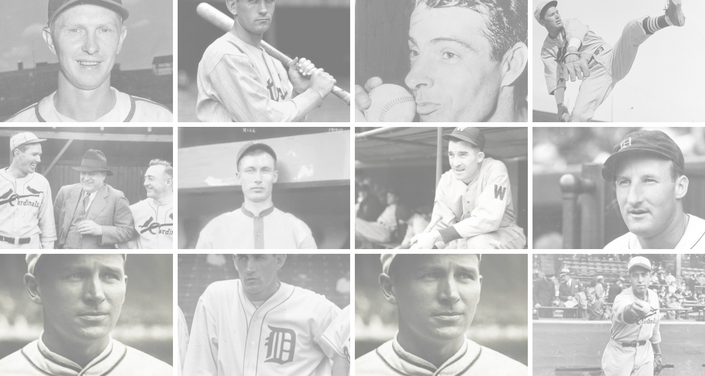Loudly echoing teammate Dick Stuart’s May 1st moon shot, Roberto Clemente likewise sets off a two-out, 9th-inning bomb, which, like its predecessor, leaves Pittsburgh one run short while winning admirers in the opposing clubhouse. Unaided by wind, it performs the rare, perhaps unprecedented feat of clearing the diagonal fence behind the centerfield bleachers; in so doing, it barely misses becoming the only batted ball ever to strike Wrigley Field’s distant right centerfield scoreboard, and will long be remembered in that light (along with HRs hit to the right field side by the Braves’ Eddie Mathews and Chicago’s Bill Nicholson.) What it does become is the longest Wrigley Field HR ever witnessed by several of those present: notably, future HOFer Ernie Banks — citing the consensus amongst Cubs players and coaches that the ball “must have traveled more than 500 feet on its trip into Waveland Avenue” — and longtime Cubs broadcaster Jack Brickhouse, who rates this well above Dave Kingman’s contrastingly wind-boosted rocket launched exactly 20 years later (see 1979 below). Moreover, Cubs skipper Bob Scheffing and batting coach Rogers Hornsby take it farther still, telling TSN that Clemente’s is the longest they’ve ever seen, period. (For the record, Hornsby was present at Sportsman’s Park on October 6, 1926 to witness two Babe Ruth blasts, estimated, respectively, at 515 and 530 feet by researcher Bill Jenkinson.) All this notwithstanding, there is one crucial caveat: not one of these witnesses can offer more than an educated guess as to this ball’s distance. It is only by virtue of George Castle’s 1998 Sammy Sosa biography, stating that Clemente’s “missile left the ballpark to the left of the Wrigley Field scoreboard, landing in a gas station across the street”, and of a December 2015 interview with the source of that assertion, Wrigley ballhawk Rich Buhrke (revealing that the ball did at least end up in that seemingly scoreboard-sheltered gas station via one quirky carom and two huge hops), that we will finally arrive at a reasonably accurate estimate: roughly 520-525 feet, making this one of the three or four longest home runs in Wrigley Field history (alongside both the aforementioned 1979 Kingman blast and one from April 14, 1976, as well as Sammy Sosa’s GPS-measured 536-footer of June 26, 2003).








